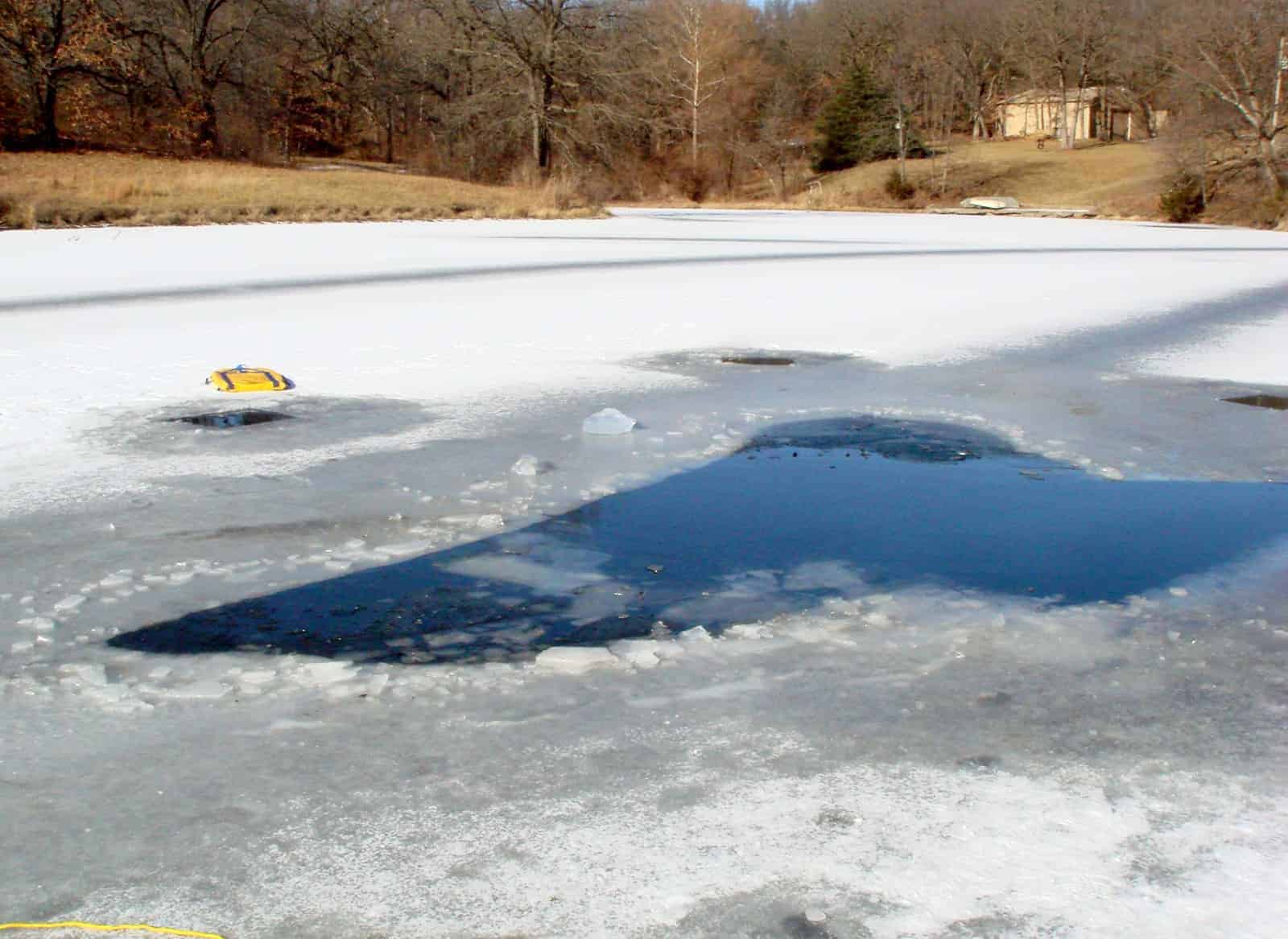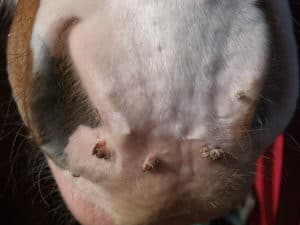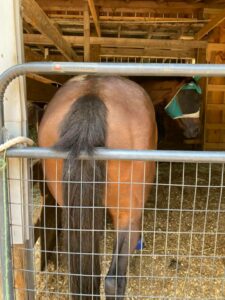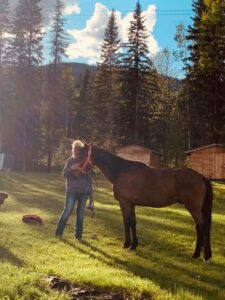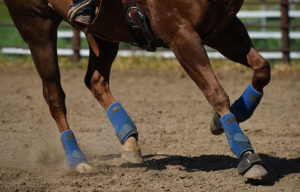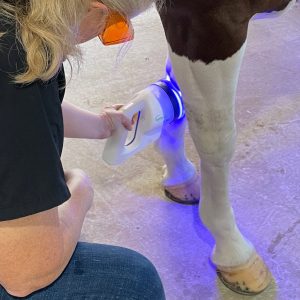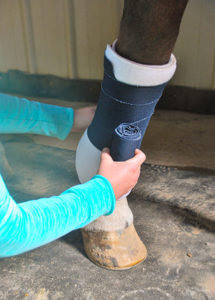Winter Horse Keeping
Use these tips to keep your horse healthy during the winter months.
- Topics: Slideshow
Share
ADVERTISEMENT
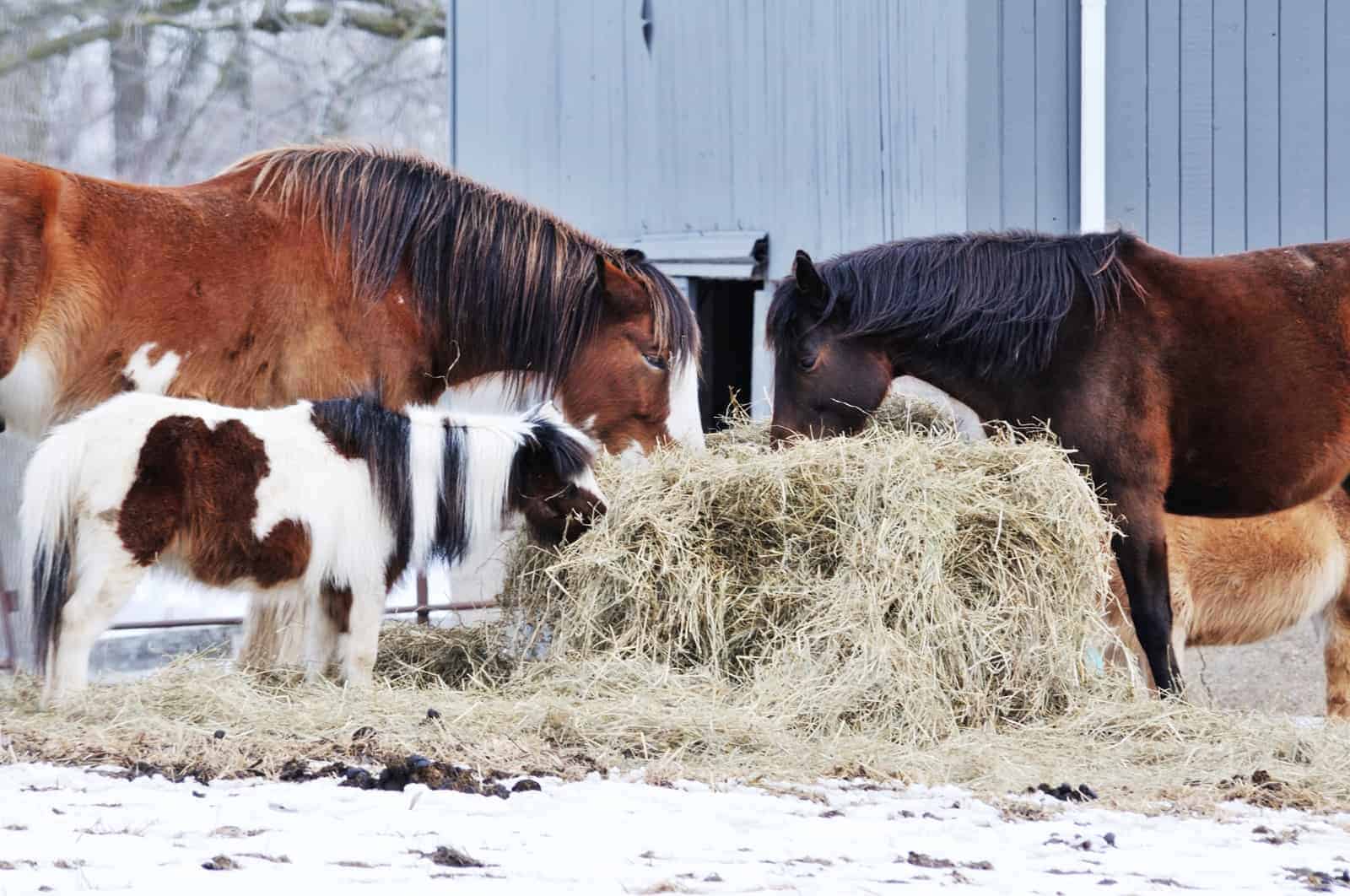
Offer Plenty of Forage
Horses require more calories to stay warm during cold weather, and digestion aids in thermoregulation. Ample access to forage, such as free-fed hay, helps horses keep warm during chilly winter days. | Photo: iStock
Provide Shelter
Shelter offers horses protection from wind and precipitation from wind and precipitation during the cold winter months. Stall doors and the open side of loafing sheds should face away from direction weather systems most often approach from (often the west). | Photo: Anne M. Eberhardt/The Horse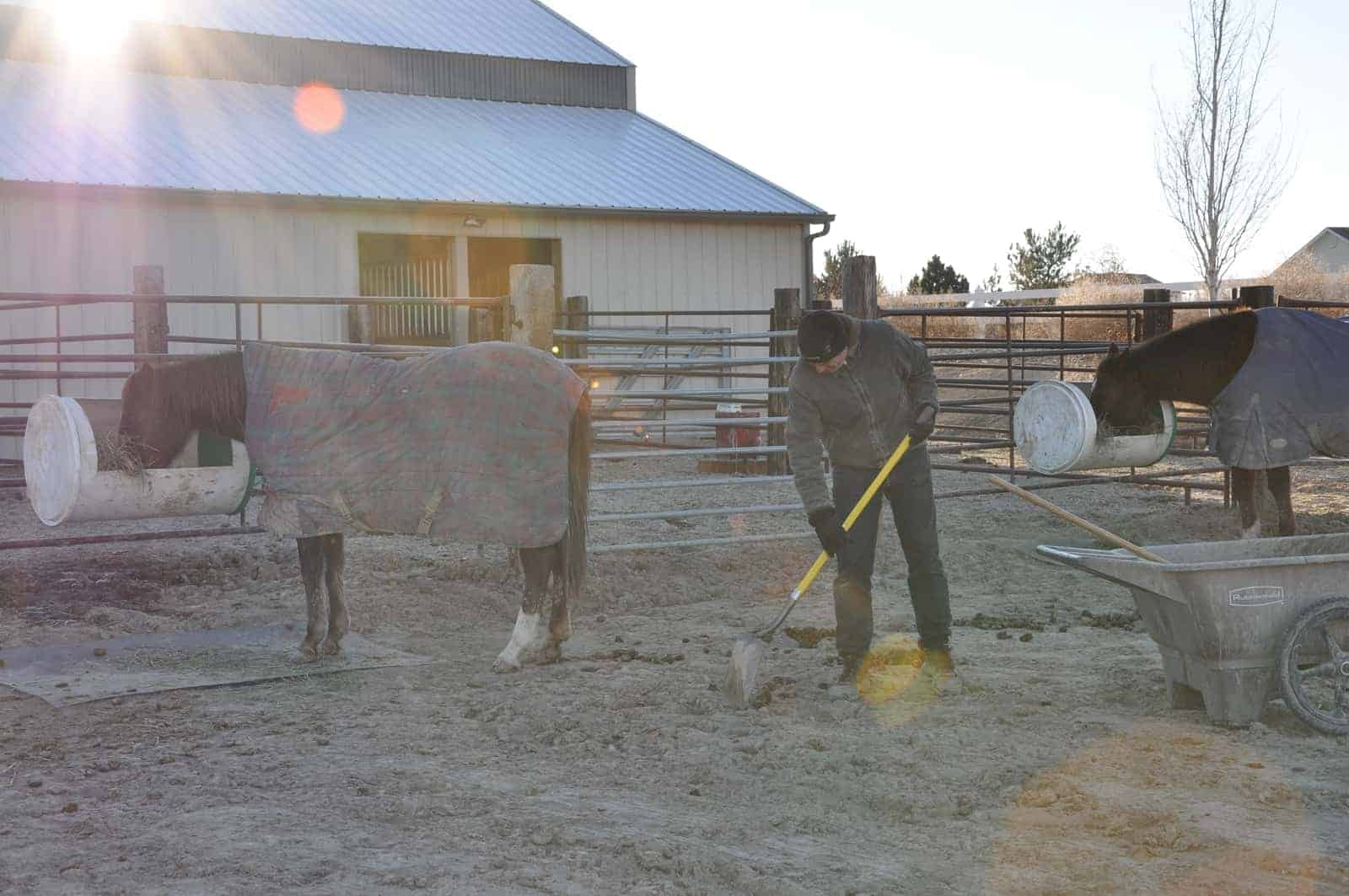
Cleaning Winter Paddocks
Bundle up! Having a regular cleaning schedule to remove manure from paddocks will keep your horse’s living quarters sanitary and reduce muck and mud during thaws. | Photo: Alayne Blickle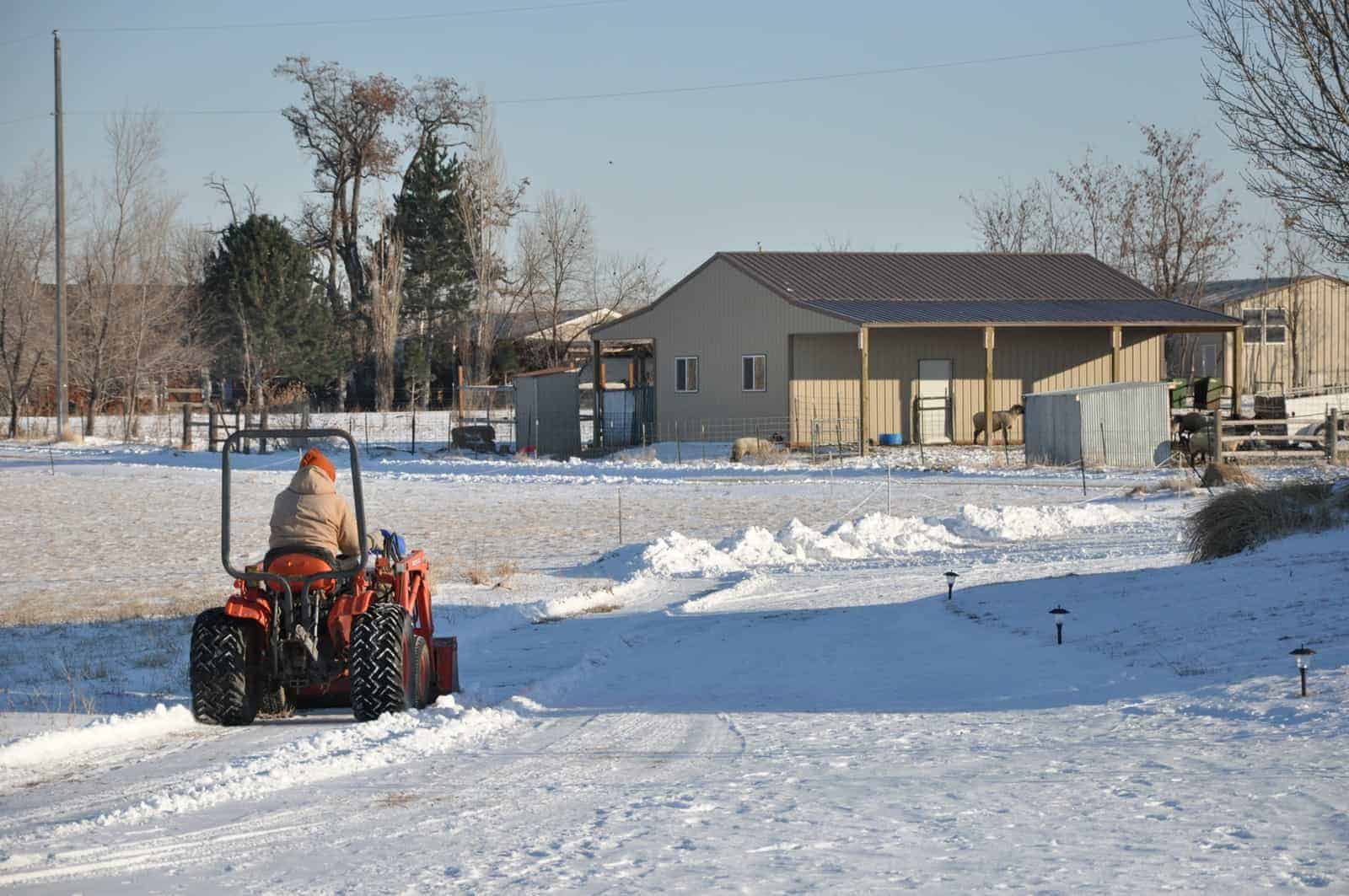
Clearing Walk- and Driveways of Snow
Removing snow and preventing ice from building up on high-traffic areas can help protect horses and humans from slip-related injuries. | Photo: Alayne Blickle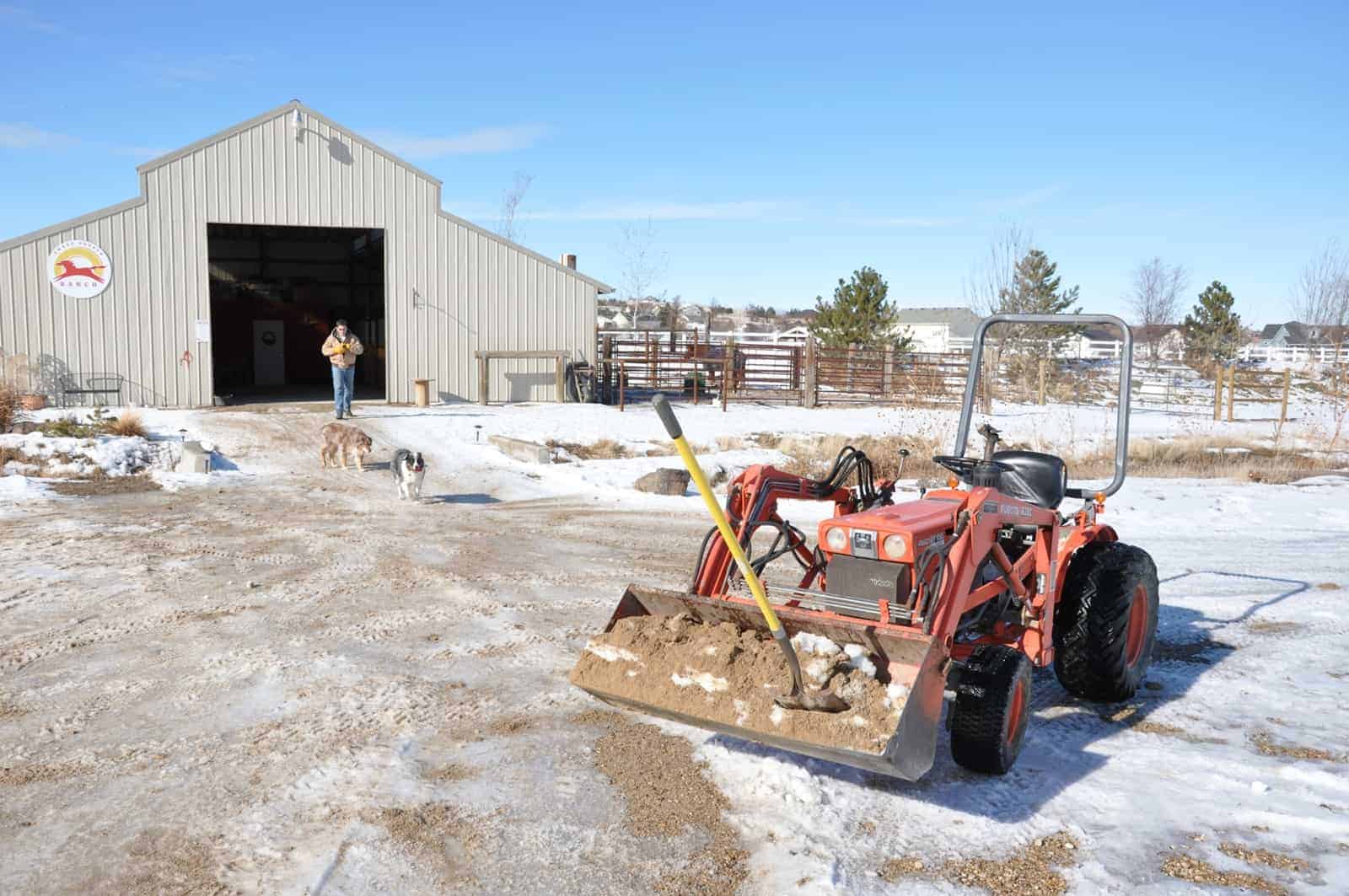
Add Sand to High-Traffic Areas for Traction
Use sand on slick areas to create traction and prevent slipping. | Photo: Alayne Blickle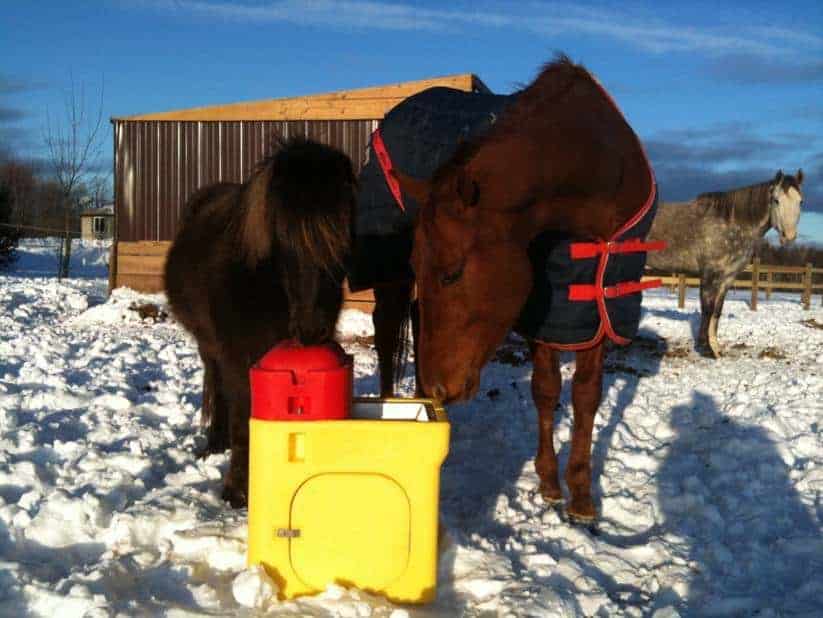
Heated Water Fountain
Dehydration can cause serious problems for horses, including colic, so make sure his water doesn’t turn to ice during subfreezing temperatures. Installing heated and insulated fountains can reduce the time it takes to complete winter barn chores and ensure your horse has around-the-clock water access. | Photo: Courtesy Ritchie Industries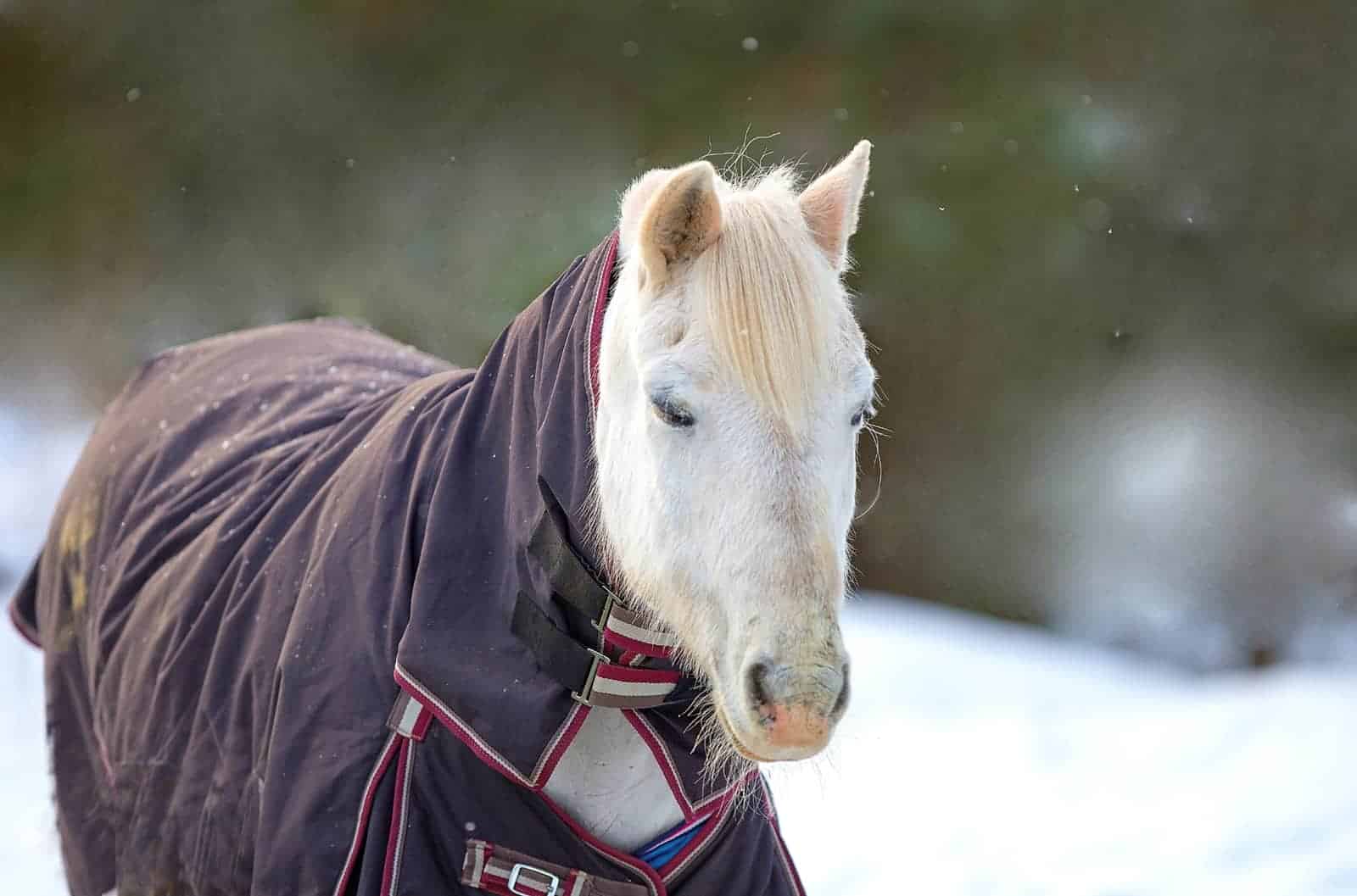
Turnout Blankets
Whether or not your horse needs a blanket depends on his age, body condition, weather exposure, and cold tolerance, and whether he's clipped or has his winter coat. Turnout blankets appropriate for winter weather are waterproof and offer protection from the weather. The heavier the fabric's denier rating, the more durable your horse's blanket should be. | Photo: iStock
Body Clipping
Are you keeping your horse in work this winter? Heavy winter coats can become wet with sweat and take a long time to dry. Shaving your horse’s coat in a full body clip (shown) or trace clip (along the bottom of the neck, chest, belly, and flank) can help reduce the time it takes to cool a horse out after work. | Photo: Adam Spradling/The Horse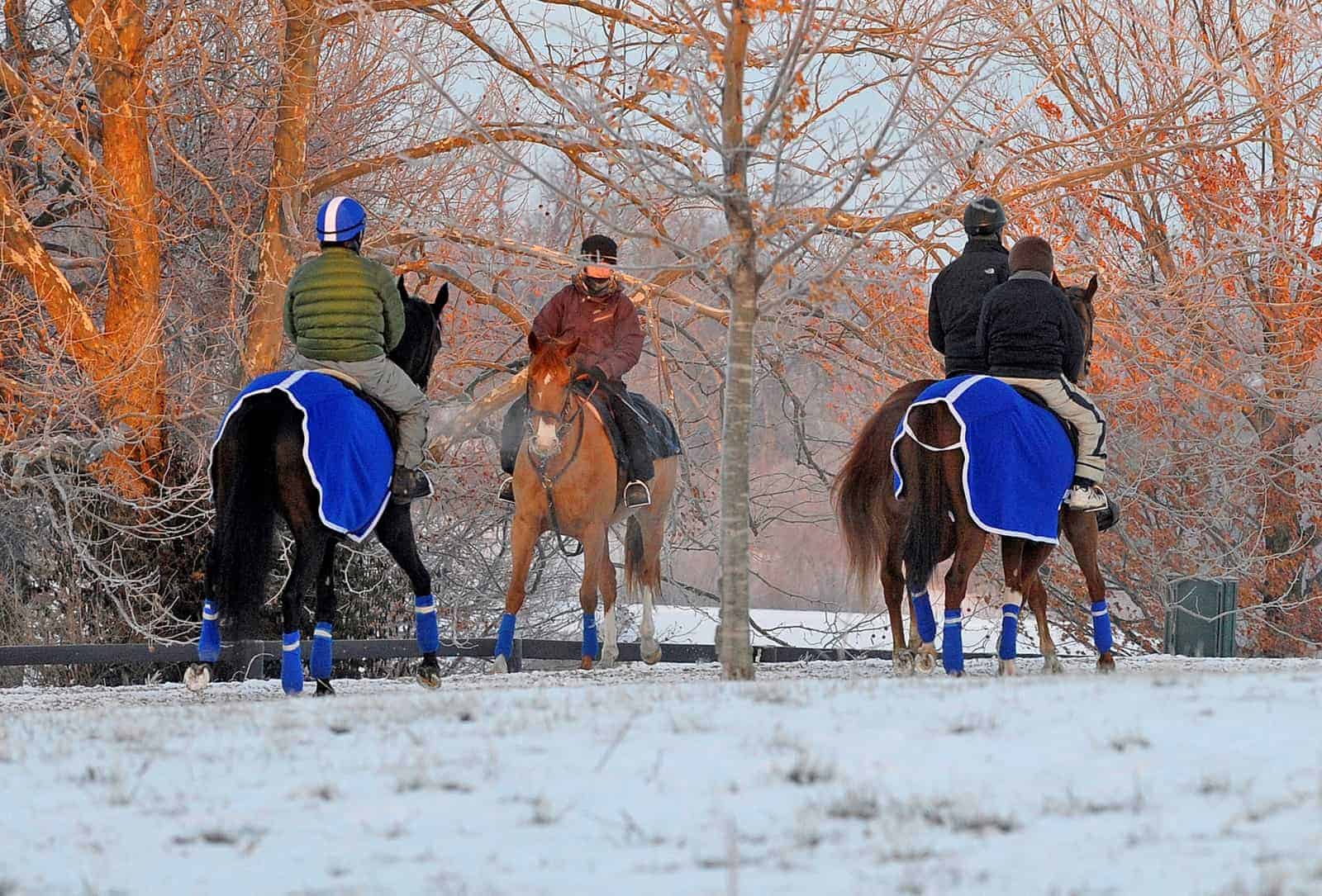
Warm Up in a Quarter Sheet
A quarter sheet keeps a horse—especially if he's body clipped or regularly blanketed—from getting cold during warm-up under saddle. Quarter sheets are usually made of wool or fleece. | Photo: Anne M. Eberhardt/The Horse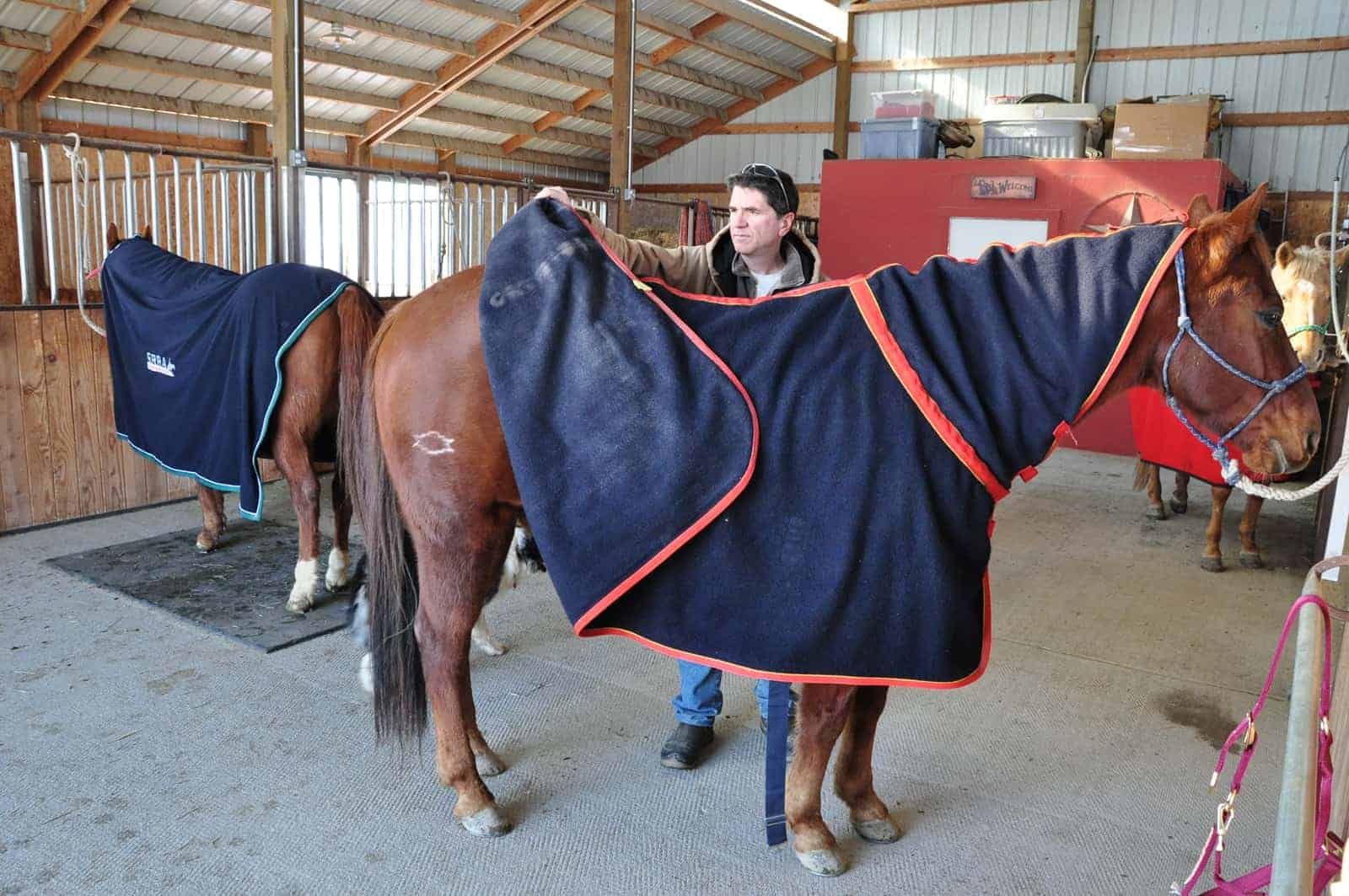
Use a Cooler After Riding
Using a cooler can help keep your sweaty horse from getting chilled after work during winter weather. Coolers are typically made of wool or fleece and cover the horse’s neck and body. | Photo: Alayne Blickle
Prevent Snow in Hooves
Snow and ice can stick to the cold steel of horse shoes and form packed snowballs, which can cause horses to slip and fall. Prevent this from happening by leaving your horse barefoot in the winter or asking your farrier to include snow pads during your horse’s winter shoe cycles. | Photo: Photos.com
Picking Out Snow from Hooves
And even with preventive measures, snowballs can build up. Protect your horse from slipping and injury by removing snow and ice from his hooves as it builds up. | Photo: Anne M. Eberhardt/The Horse
Share

Written by:
The Horse Staff
The Horse: Your Guide To Equine Health Care is an equine publication providing the latest news and information on the health, care, welfare, and management of all equids.
Related Articles
Stay on top of the most recent Horse Health news with
